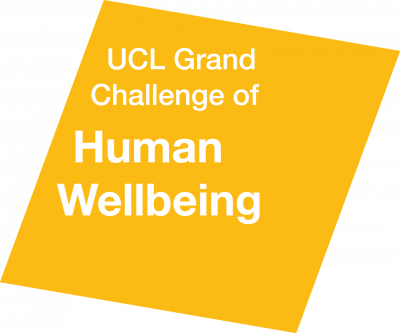Going to the Shopping Centre to Fix My Cataract
This project will investigate pathways for high-volume low-complexity cataract procedures.

1 September 2021
More than 1.5 million people in England have reduced vision, it is estimated that this figure will double by 2050 due to an ageing population. The 2018 census by The Royal College of Ophthalmologists noted that ophthalmology was the busiest outpatient specialty, with a predicted increase in demand of 30-40% over the next 20 years. The current poor condition of NHS estate, which is focused on inpatient surgical care, means that many existing facilities are struggling to perform high volume low complexity day surgery procedures. In addition, the impact of COVID and backlog of procedures has led the public health service focusing more on oncology and inpatient procedures. This has resulted in inequalities in health care provision across the UK and an increase in private health care facilities bidding for NHS work at a high cost. The development of “out of hospital” purpose designed surgical units could alleviate the pressure and cost on NHS hospitals and global healthcare providers by delivering cataract surgery and other minor surgical procedures, locally in easy to research and low-cost facilities or refurbished existing buildings.
Together with collaborators at the Moorfields Eye Hospital, the team will investigate and evaluate evidence-base design-data on cataract pathways for high-volume low-complexity procedures, while rethinking the built environment to enable the possible relocating of day-surgery services from hospitals to community-based buildings. The overall objective is to improve patient outcomes, workflow efficiencies, service operation and space utilisation, reduce costs, and encourage multidisciplinary design team thinking.
 Close
Close


